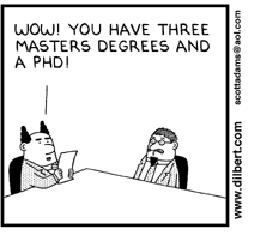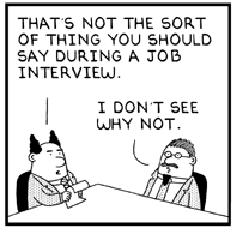In a recent report Forrester Research are advocating an end to corporate blogging. This has resulted in a debate with of . I agree with Richard that readers develop trust with individual bloggers over time. Bill Ives discusses can you trust a blogger in detail. However I also agree with Forrester that corporate blogs are struggling to gain traction. What really caught my eye on the Forrester chart (below) was that search is such a highly trusted information source at 50% and personal/corporate blogs so low at 18/16% respectively.

The question is then is it worth all the effort to produce blogs with such a low trust rate? Well, blogs and search ranking are highly related. In Google ranking research by Marketing Sherpa and published by Hubspot 75% of search readers click on the organic results and the remaining 25% on the sponsored links. Note that Google has a 70% dominance in search. This Google results page shows an eye-tracking heat map that shows where on the page people look and click on the page of search results.

Google’s golden triangle of organic search
One of the best ways to rank highly on organic search is to actively blog and engage with others. I disagree with Forrester’s conclusion. Corporate and personal blogging with a genuine human approach that brings value to the reader can indirectly result in trust by increasing organic search ranking.
However it is a major challenge to be in Google’s golden triangle top three position on a popular Google search term. But also consider that most people only read social media with just 1% writing as discussed by Janet Lee Johnson. So if you don’t put in the effort to climb the search ranking engine you’ll never get there.







